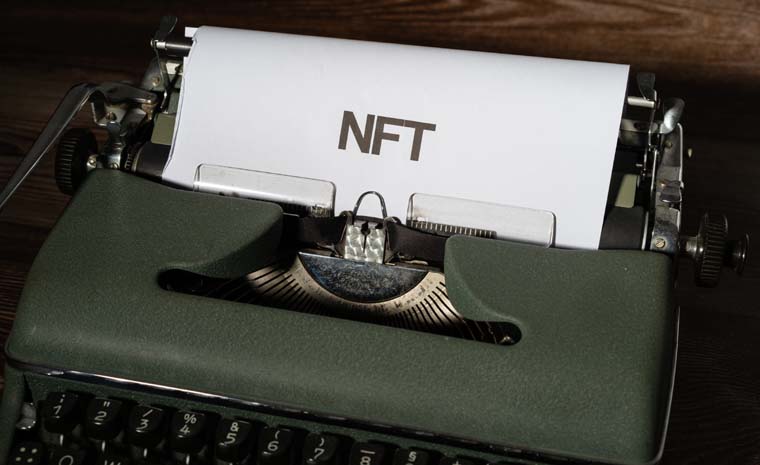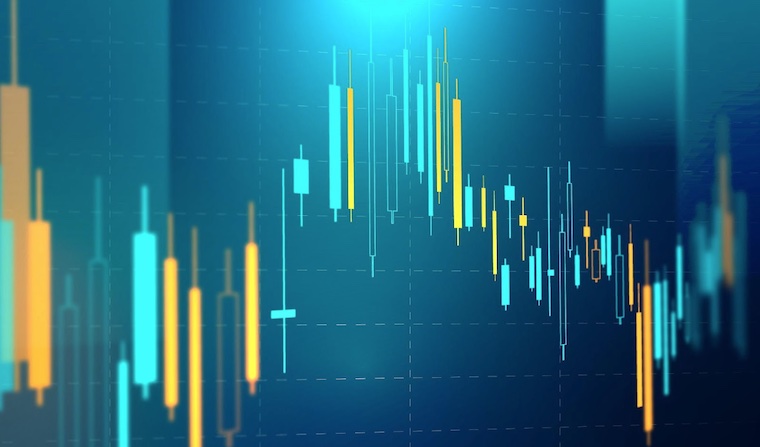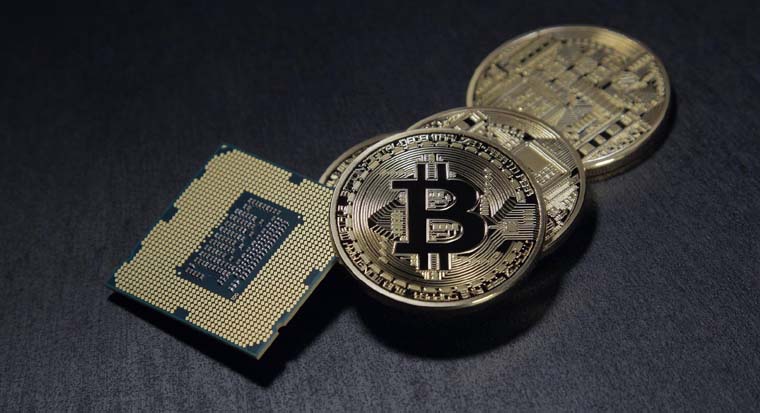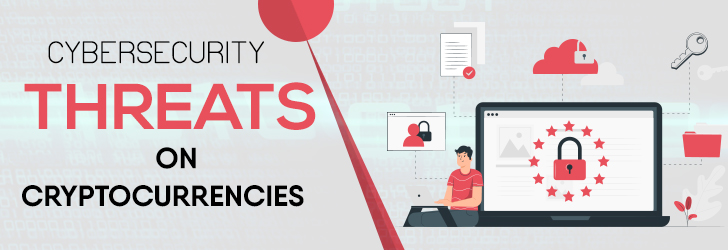
Before we can discuss cryptocurrency and Bitcoin, we must first understand the underlying technology upon which they're built upon, blockchain. Blockchain is simply a normal accounting ledger that is stored digitally across multiple machines. Each machine holds the exact same copy of the ledger and compares it with each other every time there's an addition to the ledger. Each copy of the ledger must remain the same during this process and those who do not are considered outliers. Through this way, the ledgers pick the copies with the majority rule; meaning, if 51% of the machines have one result while 49% have the other, the 51% is considered to be right and all the machines are updated to suit. Another key factor of the technology is that once a record has been added to the ledger, it can never be deleted again and that each machine that is a part of the blockchain are individuals who use their machines computational power to secure these records in cryptographic hashes and are paid for it with tokens or coins.






